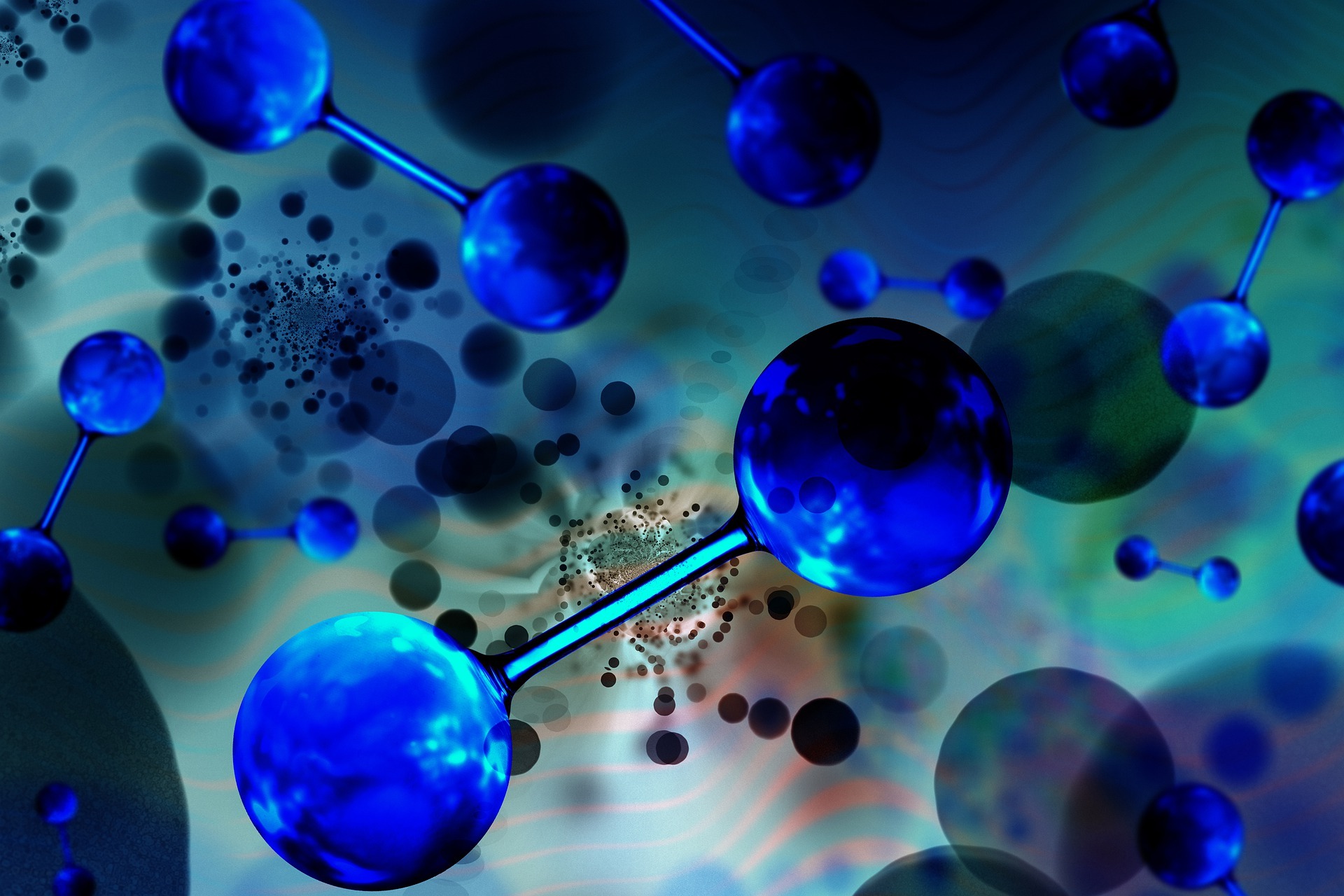Energy Transition - Hydrogen
Hydrogen can be produced from a variety of resources, such as natural gas, nuclear power, biogas and renewable power like solar and wind. The challenge is harnessing hydrogen as a gas on a large scale to fuel our homes and businesses.
Why hydrogen?


What is the difference between blue hydrogen and green hydrogen?
Blue hydrogen is produced from non-renewable energy sources, by using one of two primary methods. Steam methane reformation is the most common method for producing bulk hydrogen and accounts for most of the world’s production. This method uses a reformer, which reacts steam at a high temperature and pressure with methane and a nickel catalyst to form hydrogen and carbon monoxide.
Alternatively, autothermal reforming uses oxygen and carbon dioxide or steam to react with methane to form hydrogen. The downside of these two methods is that they produce carbon as a by-product, so carbon capture and storage (CCS) is essential to trap and store this carbon.
Green hydrogen is produced by using electricity to power an electrolyser that splits the hydrogen from water molecules. This process produces pure hydrogen, with no harmful by-products. An added benefit is that, because this method uses electricity, it also offers the potential to divert any excess electricity – which is hard to store (like surplus wind power) – to electrolysis, using it to create hydrogen gas that can be stored for future energy needs.
Working towards net zero
As Saudi Arabia works towards becoming one of the world’s first net zero economies, it’s time for the gas sector to demonstrate we have a viable pathway for decarbonisation


